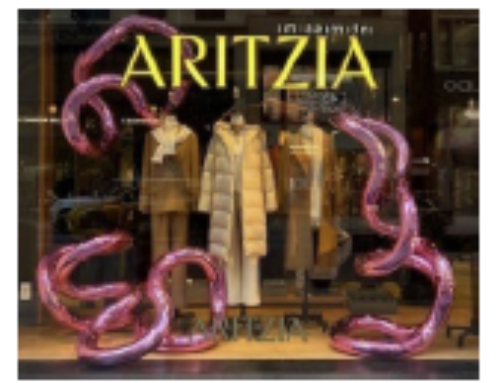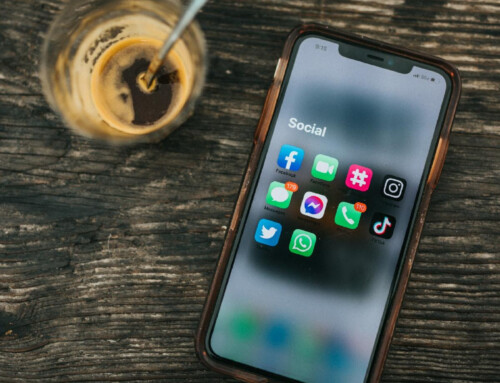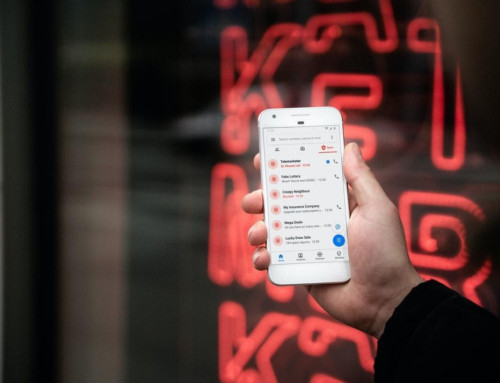Last week, the US Supreme Court decided Google LLC v. Oracle America, Inc., a copyright infringement case.
Oracle owns a copyright in Java SE, a computer platform that uses the Java computer programming language. In 2005, Google acquired Android and wanted to build a new software platform for mobile devices.
So that programmers familiar with the Java programming language would be able to work with its new Android platform, Google copied about 11,500 lines of code from the Java SE program.
These copied lines are part of a tool called an Application Programming Interface (API), which lets programmers call upon prewritten computing tasks for use in their own programs.
The Supreme Court ruled that Google’s copying of the Java SE API was a fair use of that material as a matter of law.
Reviewing the law relating to fair use, the court noted that computer programs are a bit different from many other copyrightable works because computer programs always serve a functional purpose. As a result, said the court, the fair-use doctrine helps limit the copyright monopoly afforded to computer programs to “lawful bounds.”
The Copyright Act sets out four factors which a court should consider when evaluating fair use (other factors can be considered as well):
• the purpose and character of the use;
• the nature of the copyrighted work;
• the amount and substantiality of the portion used in relation to the copyrighted work as a whole; and
• the effect of the use upon the potential market for or value of the copyrighted work.
Regarding the “purpose and character” of the use, the Court held that Google’s copying of the API is a transformative use, because Google’s purpose was to create new products. Google’s new Android platform provided a new collection of tasks operating in a distinct and different computing environment. Those tasks were carried out through the use of new implementing code that Google wrote.
The Court found that the nature of the copied code favors fair use, because it’s part of a user interface that provides a way for programmers to access prewritten computer code through the use of simple commands. That is, this is not the type of code that instructs the computer to execute a task.
The copied “declaring code” is, said the Court, inextricably bound together with uncopyrightable ideas (general task division and organization) and new creative expression (Android’s own implementing code).
With respect to the third factor, the court pointed out that the copied lines were only 0.4 percent of the entire API.
The fourth statutory factor, which focuses on the “effect” of the copying in the “potential market for or value of the copyrighted work” was also found to be in Google’s favor, since the new Android platform is not a market substitute for Java SE, and Oracle would actually benefit from the reimplementation of its interface into a different market by expanding the network of Java-trained programmers.
Finally, the court stated that a decision for Google was in the public’s best interest, because a decision for Oracle would limit the future creativity of new programs, especially given that much of the value of the copied API arose from programmers’ investment in learning the API.
Please feel free to contact us if you have any questions about or need assistance with protecting your copyrights or evaluating whether you may be infringing someone else’s rights.






